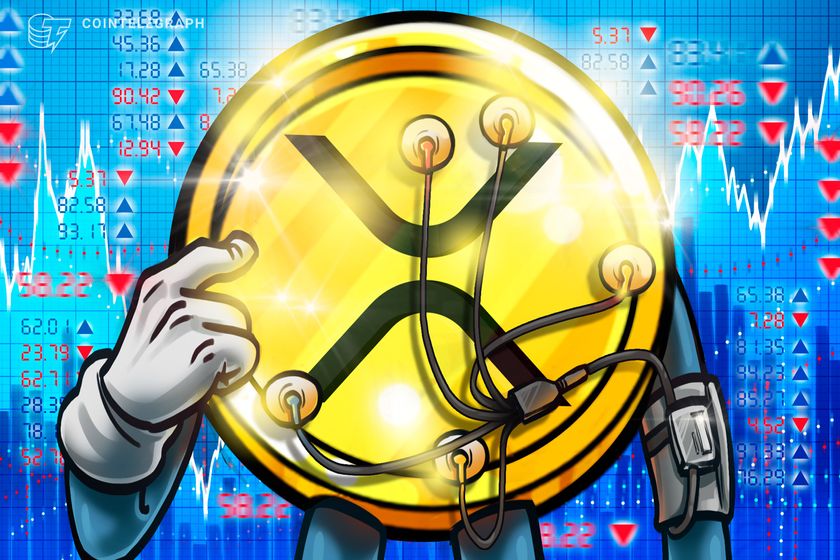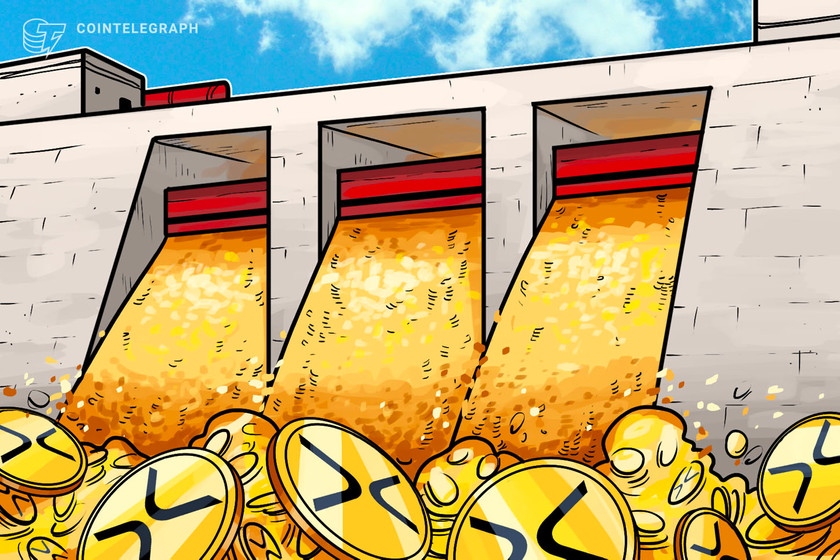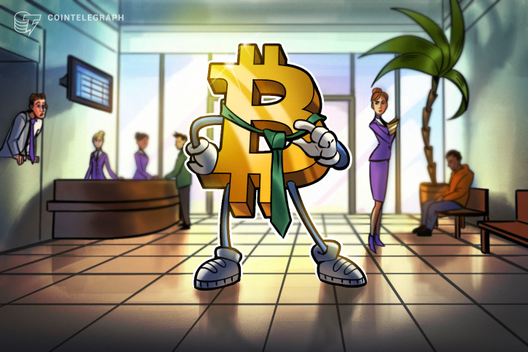Chainalysis is rolling out a global compliance solution for Tether (USDT), a Feb. 12 press release announced. The stablecoin’s issuer is now able to identify “high risk” transactions occurring on its network.
The tracking is made possible by Chainalysis’ Know Your Transaction (KYT) suite, which allows token issuers to monitor the activity of their assets. The real-time Anti-Money Laundering (AML) solution assists compliance efforts by tracking the entire chain of a token’s life, from issuance to redemption.
KYT provides both an API and a user interface to track suspicious activity, with various filtering tools.
Preparing for regulators
Tether representatives did not directly reveal to Cointelegraph why the firm chose to enhance its compliance measures now.
However, regulators around the world recently started signaling that stablecoins deserve deeper scrutiny. In October 2019, Financial Crimes Enforcement Network (FinCEN) Director Kenneth Blanco noted that stablecoins are not exempt from complying with AML laws.
For the regulator’s purposes, stablecoin issuers are categorized as money services businesses (MSB), and have to adhere to the regulatory standards reserved for such companies.
Cryptocurrency exchanges are also categorized as MSBs, and have gradually implemented stricter KYC and AML controls. But while compliance for an exchange is relatively straightforward — its scope is only for the money coming in and out — stablecoin issuers are potentially faced with the much harder task of tracking network activity.
Regulating the flow of money in and out of the stablecoin network is relatively simple, yet regulators around the world have often identified severe risk for stablecoin transactions.
Tracking activity within the network itself may alleviate these concerns. While Tether cannot confiscate the “high risk” tokens directly, it can freeze the wallets that contain them.









